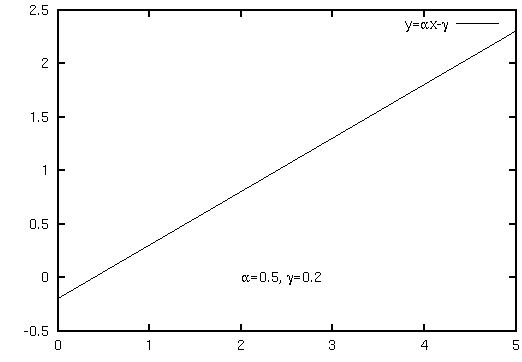
Kenmore 158. My collection of gnuplot figures: set autoscale unset log unset label set xtic auto set ytic auto set notitle set style data histogram set style fill.American Standard Elite Kitchen Faucet Disassembly.Why You Need a 6-Point Socket to Remove a Water Heater Anode Rod.gnuplot> set autoscale xfixmin gnuplot> set autoscale.

The most important decorations are text labels, closely followed by arrows, but gnuplot can also draw rectangles, circles, ellipses, and polygons. first places the x, y, or z coordinate in the system defined by the left and bottom axes. Set axis label rotation and font The orientation of the axis tick mark labels. I use the term decorations for all additional graphical elements that can be placed on the graph but that don’t (primarily) represent data. This position is specified by the syntax: Each 55system66 can either be first, second, graph, screen, or character. Remember to add the f(x) to the plot function… The commands set arrow, set key, set label and set object allow you to draw something at an arbitrary position on the graph. labels on a 2D plot, is it possible in gnuplot 4.0. How can I justify labels when plotting 'with labels' in Gnuplot 0. Memo to Self: the set label commands go between the fit and the plot. Theres set label rotate and set label font but those dont seem to apply a general rule for all labels. There is no denying that a straight line is not the best fit to that dataset, but that’s not the point. The dataset for that plot is tucked into the obvious file and looks like this, with tabs between the columns: # ESR Calibration Curve Using 3:1 with linespoints lt 3 lw 3 pt 3, \ Set label 2 sprintf("c = %3.4f",c) at 510,70 font "arialbd,18" set terminal latex size 7cm, 5cm set output eg2.tex set format xy g set title This is a plot of ysin(x) set xlabel This is the x axis.

Set output "Calibration Curve - Full.png"įit f(x) "Measurements/Calibration.csv" using 3:1 via m,c Set term png font "arialbd.ttf" 18 size 950,600 The script to generate that plot looks like this, with some key points in the highlighted lines:Įxport GDFONTPATH="/usr/share/fonts/truetype/msttcorefonts/" That’s conspicuous by its absence here, but when you need it, you need it bad. I drive Gnuplot with shell scripts, which simplifies introducing parameters & suchlike.


The trick is using the sprintf() function, which behaves largely like the C version, to insert the variable into a formatted string for use in the label command. You can adorn your plots with titles, labels, legend, arrows, and more: set title 'Hello, world' plot title set xlabel 'Time' x-axis label set ylabel 'Distance' y-axis label labels set label 'boiling point' at 10, 212 key/legend set key top right set key box set key left bottom set key bmargin set key 0.01,100 set nokey no key. This will be the case until the quit command is issued to gnuplot to terminate the process and return to the shell. In general, you’d like to display those values on the final plot for later reference… Note the initial display from the gnuplot program, and the terminal prompt changing from the shell prompt to gnuplot>, indicating the gnuplot process is accepting terminal input. Gnuplot can do curve fitting (of all kinds) and parks the coefficients in variables. In gnuplot, the backslash is used as an escape character, as it is in LaTeX.Sample plot with curve-fit line & variables


 0 kommentar(er)
0 kommentar(er)
